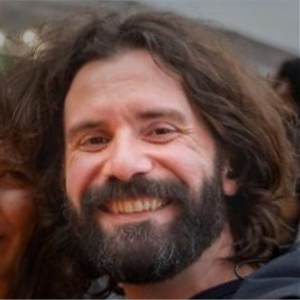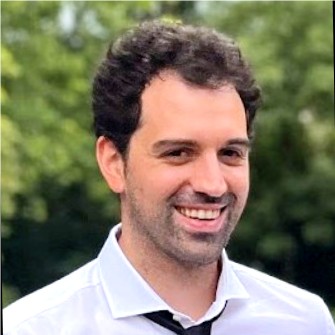Our journey has taken us from working with leading companies in Italy (Magneti Marelli , SISSA , Centro di Ricerca E. Piaggio) to collaborating with top-tier tech firms in Silicon Valley (Ambarella Inc.).
Throughout the years, we have consistently delivered cutting-edge solutions, leveraging state-of-the-art technology to meet the evolving needs of our clients. With a deep commitment to innovation and collaboration, we bring a wealth of expertise and a proven track record in pioneering the future of robotics.
In our previous work, we have developed several foundational systems that serve as the backbone for autonomous
driving and various advanced robotics tasks. Our expertise spans the entire development pipeline, from initial
research and prototyping to fully integrated embedded systems.
Here are some examples of our previous works that demonstrate our expertise.
High Definition Automotive Maps
Localization
Data Fusion
Planning & Control
Team
We are a team of scientists who have been working together for over 10 years, specializing in the research and development of advanced algorithms and software. Our strong interdisciplinary background enables us to tackle complex problems with scientific precision.
-

Gabriele Lini
Chief Executive Officer
He graduated with honors in Computer Engineering from the University of Parma, where he also earned a PhD in Information Technologies. He then continued his specialization at the International School for Advanced Studies (SISSA) in Trieste, where he worked on his most significant scientific paper: 'Predictable dynamics of opinion forming for networks with antagonistic interactions,' published in 2014 by IEEE Transactions on Automatic Control. He worked at Ambarella, Inc. as a Senior Manager, coordinating advanced research departments. Prior to his role at Ambarella, he spent two years at Magneti Marelli, managing a research center focused on developing software for autonomous driving.
-

Francesco Di Corato
Chief Scientific Officer
He graduated with honors in Robotics and Automation Engineering from the University of Pisa, where he also earned a PhD in Automation, Robotics, and Bioengineering. He has published over 40 scientific articles in leading journals in the field. He possesses strong scientific and mathematical expertise, with a focus on robust estimation and machine learning. He served as Principal Scientist at the E. Piaggio Interdepartmental Research Center, where he worked on guidance, navigation, and control systems for autonomous aerial and terrestrial vehicles. At Ambarella, Inc., he led the research team responsible for HD mapping and localization algorithms. Before joining Ambarella, he worked with Gabriele at Magneti Marelli’s autonomous vehicle research center.
-

Federico Cabassi
Chief Technology Officer
He graduated with honors in Computer Engineering from the University of Parma. He then pursued a PhD at the same institution, studying operational research techniques in global optimization. During this period, he participated in various projects related to robotics, automation, and process optimization, publishing several scientific articles on these topics in major international journals and conferences. For several years, he led the research group within the Path Planning department at Ambarella, Inc., overseeing the development and implementation of advanced solutions in trajectory planning and decision-making. He is also a seasoned developer with extensive experience in high-performance and embedded software development.